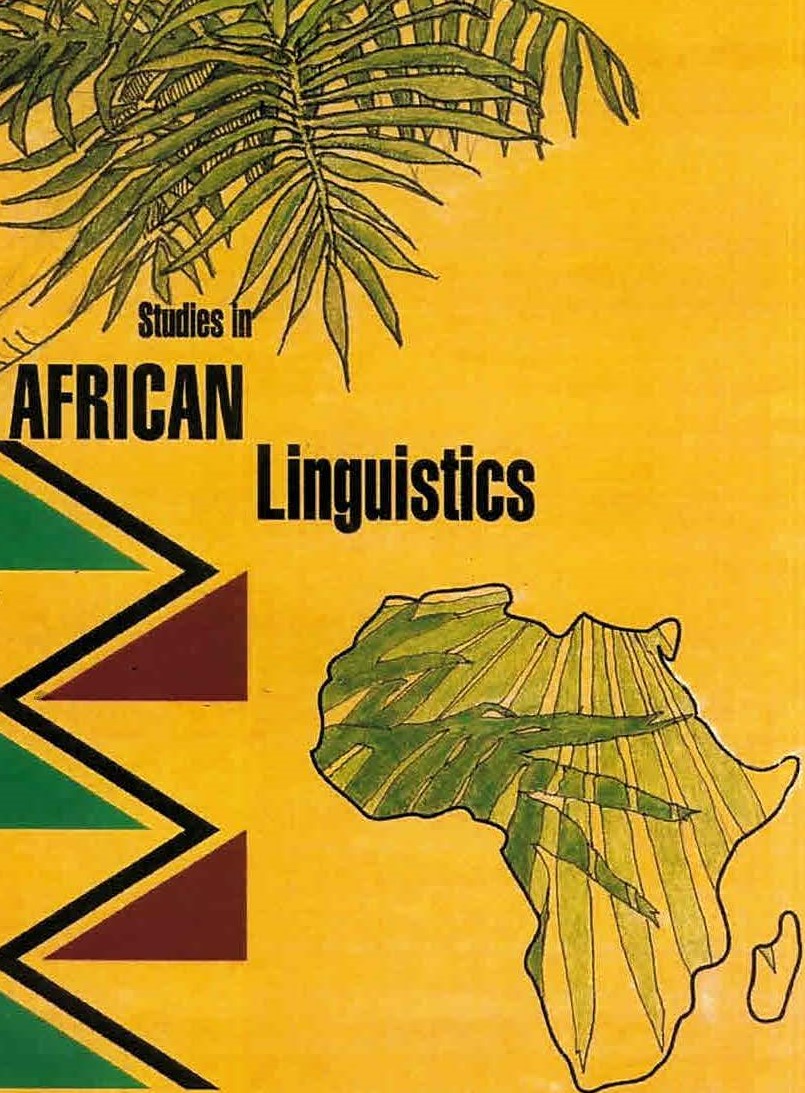Relative clause constructions in Nkami
DOI:
https://doi.org/10.32473/sal.v45i1.107256Keywords:
Nkami, relative clauses, relativization, typology, syntax, grammaticalizationAbstract
This paper provides a systematic descriptive account of relative clause constructions (RCCs) of Nkami, an endangered Ghanaian language, based on synchronic data. It addresses issues that are of general interest in relativization, typology, syntax and grammaticalization. Among other things, it is observed that in Nkami’s RCCs both the head noun and its referent within the relative clause (RC) are explicitly stated, save when the referent is inanimate in non-subject function. Thus, Nkami is among the very few languages that employ the pronoun retention strategy to obligatorily state relativized NPs in subject position within RCs. It also departs from the norm of some Kwa linguists by recognizing a marker, which is similar in distribution and function to what is so-called ‘Clause (final) Determiner (CD)’, as a Relative Marker (cf. Lefebvre 1993, Saah 2010). Hence, Nkami’s RCC is couched as one that employs a ‘bracket strategy’, where two enclosing relative makers are simultaneously placed at the ends of the RC (cf. Kuteva and Comrie 2005). Moreover, unlike most Kwa languages, the head noun is never flanked by a definite determiner. Lastly, we suggest that both relativizers evolved from demonstratives.Downloads
Published
2016-06-15
Issue
Section
Articles
License
Copyright (c) 2016 Rogers Krobea Asante, Qiuwu Ma

This work is licensed under a Creative Commons Attribution-NonCommercial 4.0 International License.
Authors retain copyright and grant the journal right of first publication


